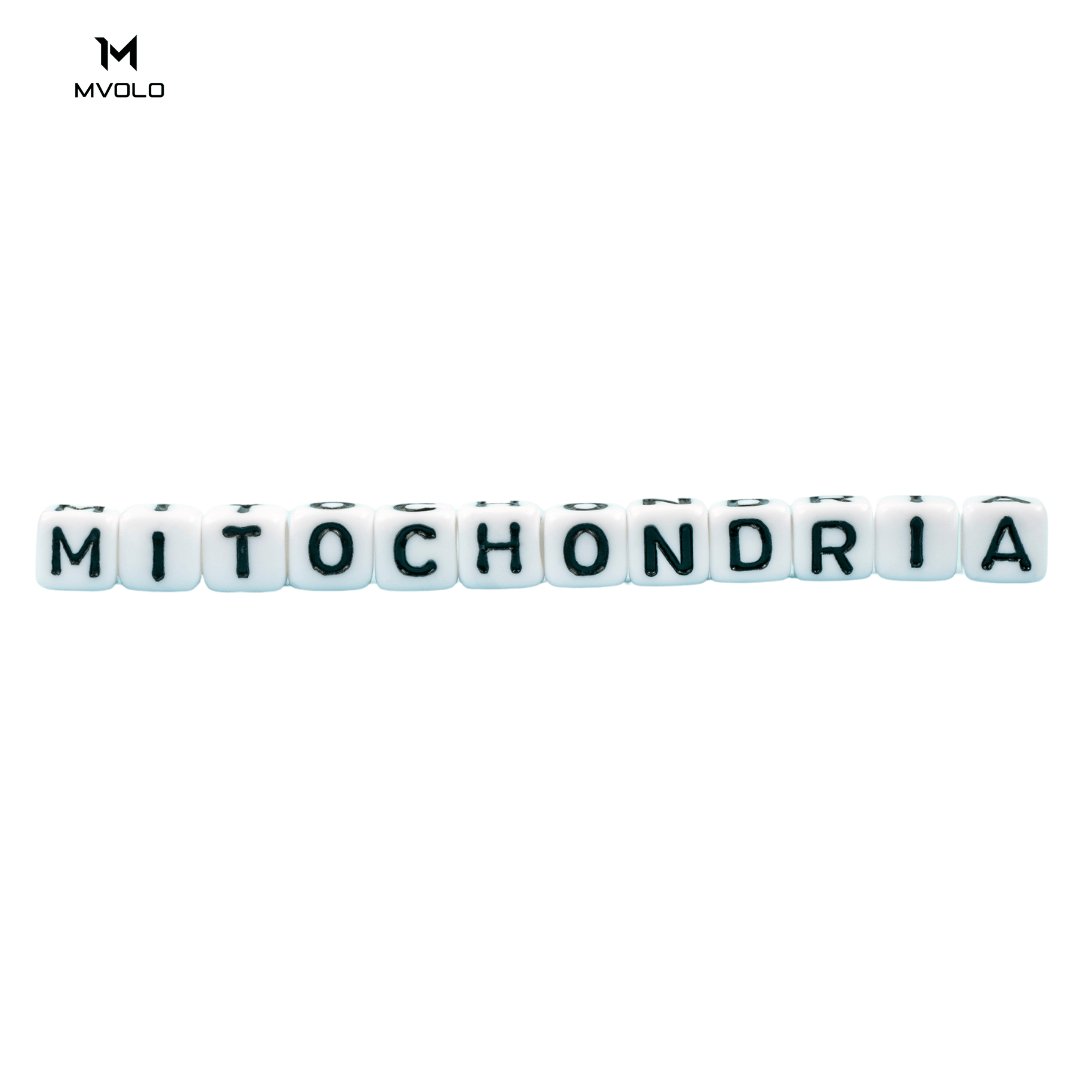The Impact of Mitochondrial Dysfunction and the Power of Red Light Therapy
Part
As we discussed in the previous blog, mitochondria are the powerhouses of our body. Without properly functioning mitochondria, the body cannot produce the energy needed to maintain healthy cells and tissues. Today, we will delve deeper into what happens when mitochondria are not functioning properly and how this can lead to serious diseases. We will also explore how red light therapy can be an effective solution to restore mitochondrial health and prevent or treat these diseases.
Mitochondrial Dysfunction and Diseases
Mitochondrial dysfunction has been linked to a wide range of diseases. Research shows that mitochondria play a central role in the development of neurodegenerative diseases such as Parkinson’s and Alzheimer’s, as well as heart disease, diabetes, and chronic fatigue syndrome (Gorman et al., 2016). These diseases often arise from the inability of mitochondria to produce sufficient ATP. This energy deficit leads to cell death and increased inflammation, which in the long term leads to serious damage (Wallace, 2013).
Another problem with mitochondrial dysfunction is the increase in free radicals. When mitochondria are not working properly, they produce more harmful byproducts such as free radicals, which damage the DNA and proteins in our cells (Finkel et al., 2013). This increases the risk of mutations and can lead to serious diseases such as cancer and heart failure.
How Red Light Therapy Can Help
Red light therapy offers an effective solution for mitochondrial dysfunction. As briefly discussed in the previous blog, red light therapy stimulates the enzyme cytochrome c oxidase, which is essential for ATP production in mitochondria (Hamblin, 2016). By exposing mitochondria to specific wavelengths of red and near-infrared light, they can optimize their energy production. This not only helps repair damaged cells, but also reduces inflammation and oxidative stress caused by free radicals (Hamblin, 2016).
Additionally, red light therapy may help improve symptoms of neurodegenerative diseases such as Parkinson’s and Alzheimer’s. Research has shown that exposure to red light can improve motor function and slow the progression of the disease (Foster et al., 2016). The use of red light therapy may also have a positive effect on heart disease, by supporting cell regeneration and increasing the energy levels of heart muscle cells (Hamblin, 2016).
Sources:
- Falkenberg, M., Larsson, N. G., & Gustafsson, C. M. (2013). DNA replication and transcription in mammalian mitochondria. Annual Review of Biochemistry, 76 , 679-699.
- Finkel, T., Menazza, S., Holmström, K.M., Parks, R.J., Liu, J., Sun, J., ... & Murphy, M.P. (2013). The ins and outs of mitochondrial calcium. Cell, 172 (1-2), 22-37.
- Karu, T. I. (2008). Mitochondrial signaling in mammalian cells activated by red and near-IR radiation. Photochemistry and Photobiology, 84 (5), 1091-1099.
- Keeney, P. M., Xie, J., Capaldi, R. A., & Bennett, J. P. (2006). Parkinson's disease brain mitochondrial complex I has oxidatively damaged subunits and is functionally impaired and misassembled. The Journal of Neuroscience, 26 (19), 5256-5264.
- McBride, H. M., Neuspiel, M., & Wasiak, S. (2006). Mitochondria: more than just a powerhouse. Current Biology, 16 (14), R551-R560.
- Picard, M., McEwen, B.S., Epel, E.S., & Sandi, C. (2018). An energetic view of stress: Focus on mitochondria. Frontiers in Neuroendocrinology, 49 , 72-85.
- Wallace, D.C. (2013). A mitochondrial paradigm of metabolic and degenerative diseases, aging, and cancer: A dawn for evolutionary medicine. Annual Review of Genetics, 39 , 359-407.






